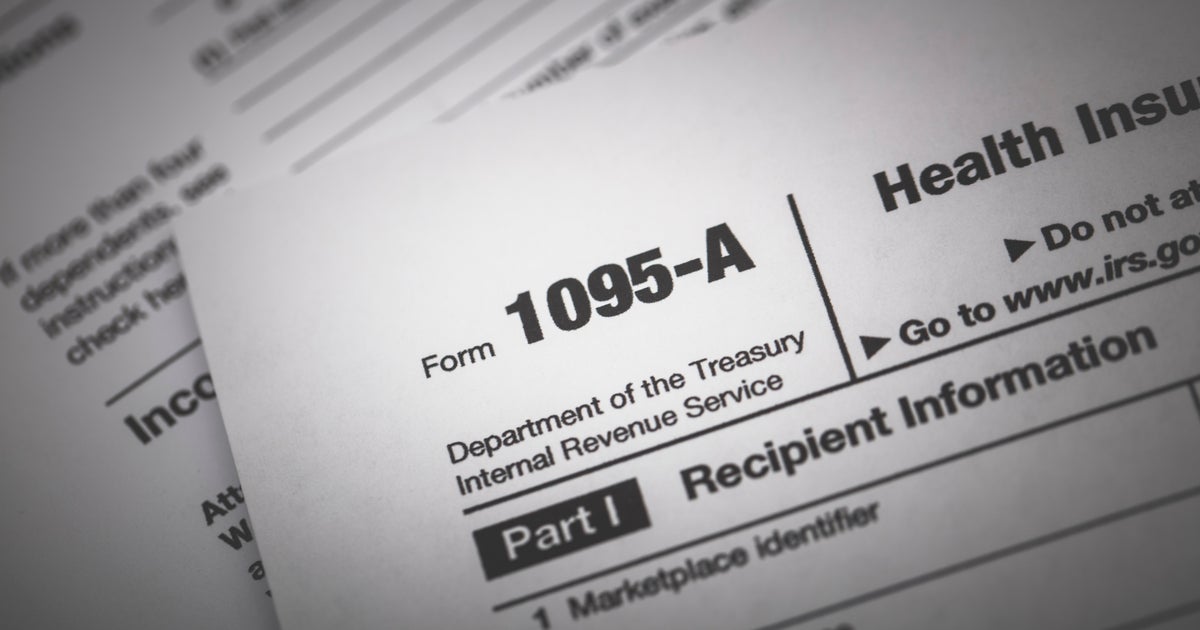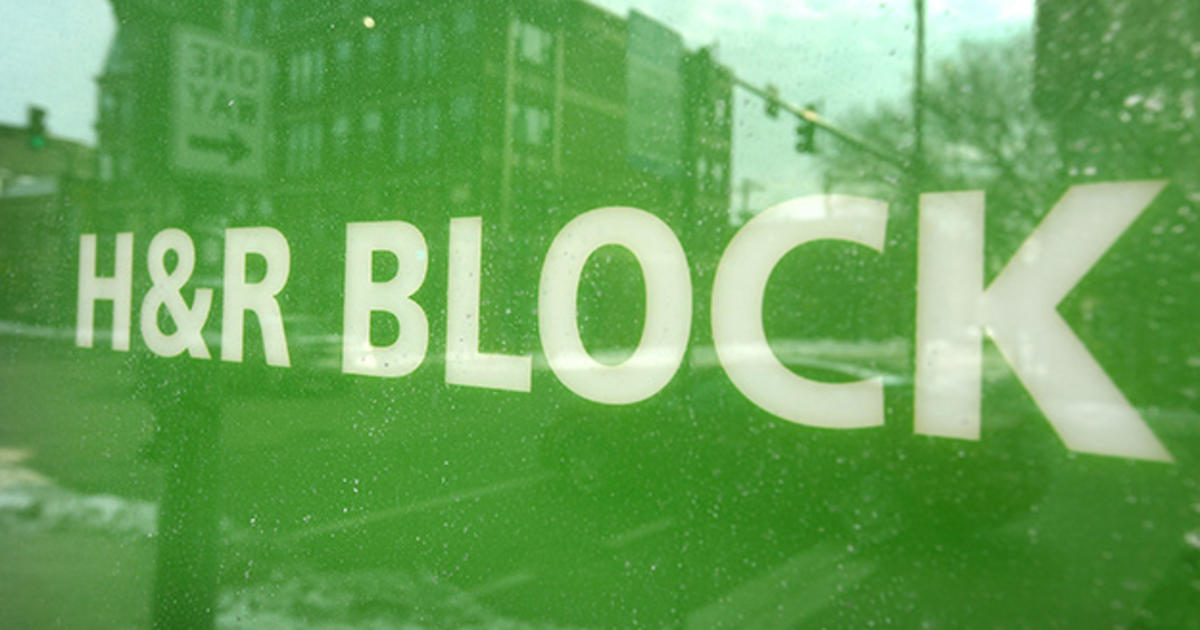Tax changes make "ABLE" savings accounts even more valuable for people with disabilities
It's not often that an IRS press release brings a happy reminder to millions of Americans. But a statement the agency issued on Dec. 4 does just that. The IRS wants to make sure that those with disabilities, as well as their families, know that special savings accounts called Achieving a Better Life Experience, or ABLE accounts, now have even more appeal.
That's because last year's giant tax reform package included some major changes that allowing eligible individuals to put more money into an ABLE account. The changes also allow these accounts to receive transfers from education savings accounts such as 529 plans.
ABLE accounts aim to help individuals with disabilities and their families save money that can pay for disability-related expenses. An ABLE account can be owned only by an individual who must have a significant disability that began before age 26. Individuals who meet these criteria and are currently receiving benefits under Social Security SSI or SDI are eligible to open an ABLE account.
Contributions can be made to an individual's ABLE account by any person (family, friends, etc.). Contributions aren't tax-deductible, but the investment income earned on assets in an ABLE Account isn't taxed, and distributions are tax-free when used for "qualified disability expenses."
Higher contribution limit
Up until the recent changes, annual contributions to ABLE accounts were limited to the annual gift exclusion amount, which is $15,000 per individual.
However, starting in 2018, the ABLE account owner can contribute part or all his income to the account. This contribution is limited to the poverty-line amount for a one-person household, which in 2018 is approximately $12,140 (slightly more for residents of Hawaii and Alaska). It also qualifies for the Savers Credit, which is a special tax credit of up to $2,000 for low- and moderate-income workers.
Another new feature is that funds may now be rolled over from an ABLE account owner's 529 plan or from a 529 of other family members. This addresses what happens when 529 funds can't be used for college due to the student's disability.
Tax-free distributions can be made from ABLE accounts for qualified expenses, which include an array of things that help improve the account owner's quality of life and health, such as education, housing, transportation, employment training, assistive technology, personal support services, health care expenses, financial management and administrative expenses.
No means testing
Another notable advantage of ABLE accounts is that their assets are exempt from the means or resource tests that limit eligibility for most government benefit programs. Millions of disabled Americans receive benefits under programs such as SSI, SDI, SNAP and Medicaid, but to qualify they must report that they have very little in cash savings (typically less than $2,000) and very low income. And if a disabled person receives gifts from family members, or accumulates excess savings, this can cause her to lose her eligibility for these benefits.
About 40 states now offer ABLE accounts to their residents. They're also getting the attention of some major financial firms, including Fidelity Investments and Vanguard, which have seen an opportunity to gather and manage significant assets.
Some states allow only their residents to use ABLE accounts. But others allow residents of any state to open an ABLE under their program. A few states allow a state income tax deduction for some level of contributions (for example, contributions of up to $2,000 are deductible).
For more info about ABLE accounts, log on to the ABLE National Resource Center, where you can also compare the various states plans.




